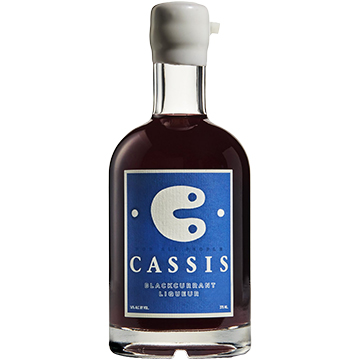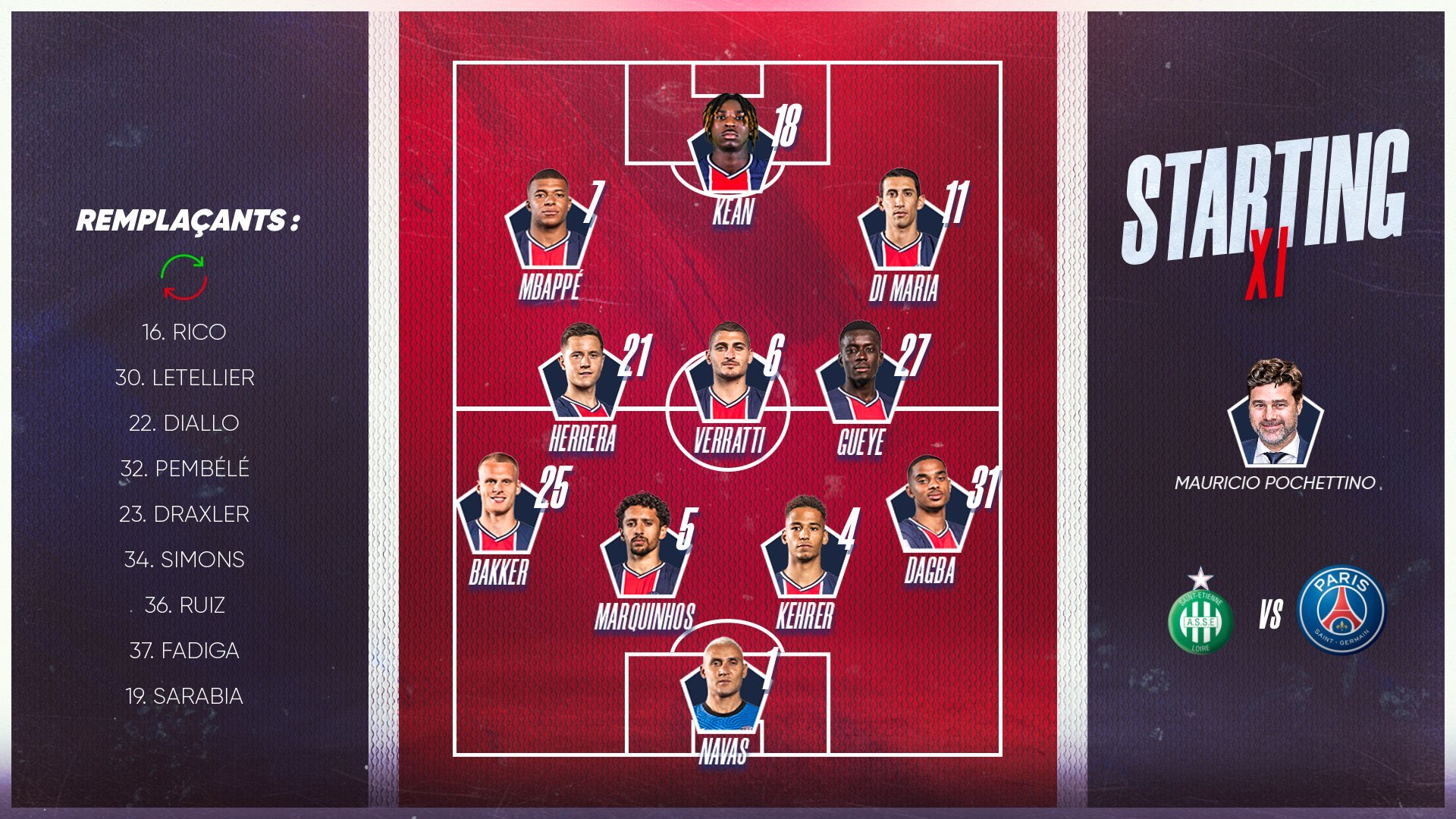Understanding Cassis Blackcurrant Quality

Table of Contents
Cultivating High-Quality Cassis Blackcurrants
The journey to superior Cassis blackcurrant quality begins in the field. Several factors significantly influence the final product's flavour profile and overall quality.
Geographical Factors and Terroir
Terroir, the unique combination of climate, soil, and geographical location, plays a crucial role in shaping the character of Cassis blackcurrants.
- Specific Regions: The Burgundy region of France, particularly the Côte d'Or, is renowned for its exceptional Cassis production. Other areas, with similar climatic conditions, are also gaining recognition for producing high-quality blackcurrants.
- Sunlight and Rainfall: Ample sunshine hours are essential for optimal ripening, maximizing sugar development and intensifying the berry's colour. Balanced rainfall patterns are crucial; too much can lead to diluted flavour and increased susceptibility to disease, while too little can negatively impact yield and berry size.
- Soil Composition: Well-drained, fertile soil rich in organic matter contributes significantly to the blackcurrant's sweetness and acidity. The soil's mineral content also influences the nuanced flavour profile of the berries.
Sustainable Farming Practices
Sustainable farming methods are crucial for producing high-quality Cassis blackcurrants while minimizing environmental impact.
- Organic Farming: Organic cultivation avoids synthetic pesticides and fertilizers, leading to healthier plants and berries with a cleaner, more natural flavour.
- Integrated Pest Management: Implementing integrated pest management strategies minimizes the need for chemical intervention, preserving the fruit's integrity and protecting biodiversity.
- Water Management: Efficient irrigation techniques, such as drip irrigation, conserve water resources and prevent waterlogging, which can damage the plants and affect berry quality.
Identifying High-Quality Cassis Blackcurrants: Sensory Evaluation
Once harvested, assessing Cassis blackcurrant quality relies on careful sensory evaluation.
Visual Inspection
The appearance of the blackcurrants provides immediate clues to their quality.
- Colour: High-quality Cassis blackcurrants exhibit a deep, intense purple colour, almost black in some varieties, indicating optimal ripeness.
- Size and Uniformity: Uniformity in size suggests consistent ripening conditions and careful cultivation. Large, plump berries generally indicate superior quality.
- Absence of Blemishes: The absence of blemishes, bruising, or damage is a key indicator of careful handling and proper storage.
Aroma and Flavour Profile
The aroma and flavour are the ultimate indicators of Cassis blackcurrant quality.
- Intense Aroma: Premium Cassis blackcurrants possess a powerful, intensely fruity aroma, often described as richly aromatic.
- Balanced Sweetness and Tartness: The ideal balance between sweetness and tartness is crucial; a well-balanced flavour profile is characteristic of high-quality berries.
- Absence of Off-Flavours: The absence of any off-flavours, such as mustiness or sourness, confirms proper cultivation and handling. Flavour descriptors often include notes of ripe berries, hints of spice, and a vibrant acidity.
Processing and Preservation of Cassis Blackcurrants
Proper processing and preservation are crucial for maintaining the quality of Cassis blackcurrants.
Harvesting Techniques
Careful harvesting is the first step in preserving the quality of the berries.
- Gentle Handling: Gentle handling minimizes bruising and damage, ensuring that the berries reach the processing stage in optimal condition.
- Optimal Ripeness: Harvesting at peak ripeness maximizes flavour and aroma, while ensuring the optimal balance of sugars and acids.
- Careful Sorting: Removing any damaged or underripe berries before processing improves the overall quality of the final product.
Processing Methods
Various methods are used to preserve Cassis blackcurrants, each with its advantages and disadvantages.
- Freezing: Freezing is an excellent method for preserving the berries' flavour and nutritional content, with minimal processing.
- Juicing: Juicing efficiently extracts the fruit’s flavour and is ideal for making Cassis liqueur or other fruit-based beverages.
- Jam and Liqueur Production: These methods transform the blackcurrants into delicious and long-lasting products, but some nutrient loss may occur during processing. However, careful processing can minimize this.
Conclusion
Understanding Cassis blackcurrant quality encompasses a holistic approach, considering cultivation practices, sensory evaluation, and processing methods. From the terroir and sustainable farming techniques to the careful harvesting and preservation methods, each step significantly impacts the final product’s character and flavour. By paying attention to these factors, consumers and producers alike can appreciate and create truly exceptional Cassis blackcurrant products. Demand superior Cassis blackcurrant quality; your palate will thank you! Look for products that specify their origin, highlight sustainable practices, and boast a vibrant aroma and intense flavour. Further research into specific brands and producers known for their commitment to quality will further enhance your appreciation for this remarkable fruit.

Featured Posts
-
 Is This Netflix Dark Comedy With Kevin Bacon And Julianne Moore A Hit
May 22, 2025
Is This Netflix Dark Comedy With Kevin Bacon And Julianne Moore A Hit
May 22, 2025 -
 Toledo Sees Decrease In Gas Prices Per Gallon
May 22, 2025
Toledo Sees Decrease In Gas Prices Per Gallon
May 22, 2025 -
 Bear Spray And Safety Training Partnerships For Enhanced Protection
May 22, 2025
Bear Spray And Safety Training Partnerships For Enhanced Protection
May 22, 2025 -
 Identifying Promising Business Locations A Nationwide Map
May 22, 2025
Identifying Promising Business Locations A Nationwide Map
May 22, 2025 -
 Mntkhb Amryka Thlath Mfajat Fy Tshkylt Bwtshytynw Aljdydt
May 22, 2025
Mntkhb Amryka Thlath Mfajat Fy Tshkylt Bwtshytynw Aljdydt
May 22, 2025
